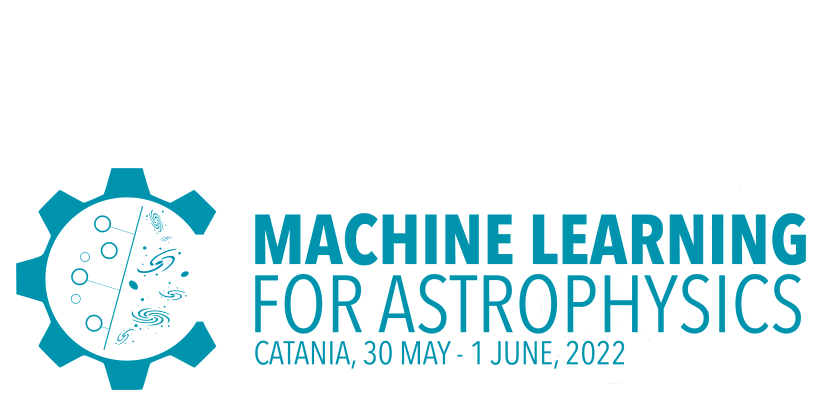Speaker
Description
Asteroseismology is experiencing a revolution thanks to high-precision asteroseismic space missions (Kepler, K2 and TESS) and their large ground-based monitoring programs. Those instruments have provided an unprecedented wealth of information which allows us to study statistical properties and search for hidden relationships between pulsation and/or physical observables.
Obtaining a large database with well-defined parameters can help to the interpretation of the data. Based on such a DB, this work will focus on the automatic analysis of the morphology of stellar light curves and its relationship with physical parameters.
Previous works have already related morphology with stellar parameters (e.g. metallicity, Teff, luminosity or log g) classifying the observed frequency spectra according to their position in the HR diagram. The novelty of this work lies in the automation of the process and the search for groups with similar morphologies around time and space.
Subsequently, once the morphology information is obtained, unsupervised clustering machine learning techniques are applied, specifically the K-means algorithm and decision trees. Finally, we will see the common characteristics of the groups that we find.
This approach could be particularly useful for stars whose pulsation content is difficult to interpret. This is the case for classical intermediate-mass pulsating stars (i.e., γ Dor, δ Scuti, hybrids) for which current theories do not adequately predict the observed oscillation spectra.
Here we use the light curves of stars that have been already studied, taking advantage of the most recent precise stellar characterizations carried out with Asteroseismology. Thus, we obtain a complete set of empirical relationships between morphological characteristics of the stellar light curves and the estimated values of temperature, metallicity, luminosity and surface gravities.
| Main Topic | Time series analysis, transients |
|---|---|
| Secondary Topic | Supervised/Unsupervised/Semi-supervised Learning |
| Participation mode | In person |

